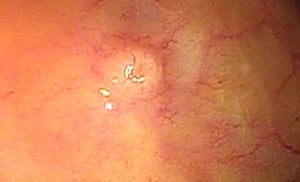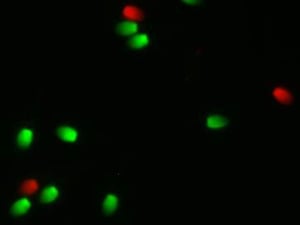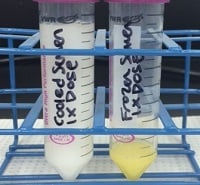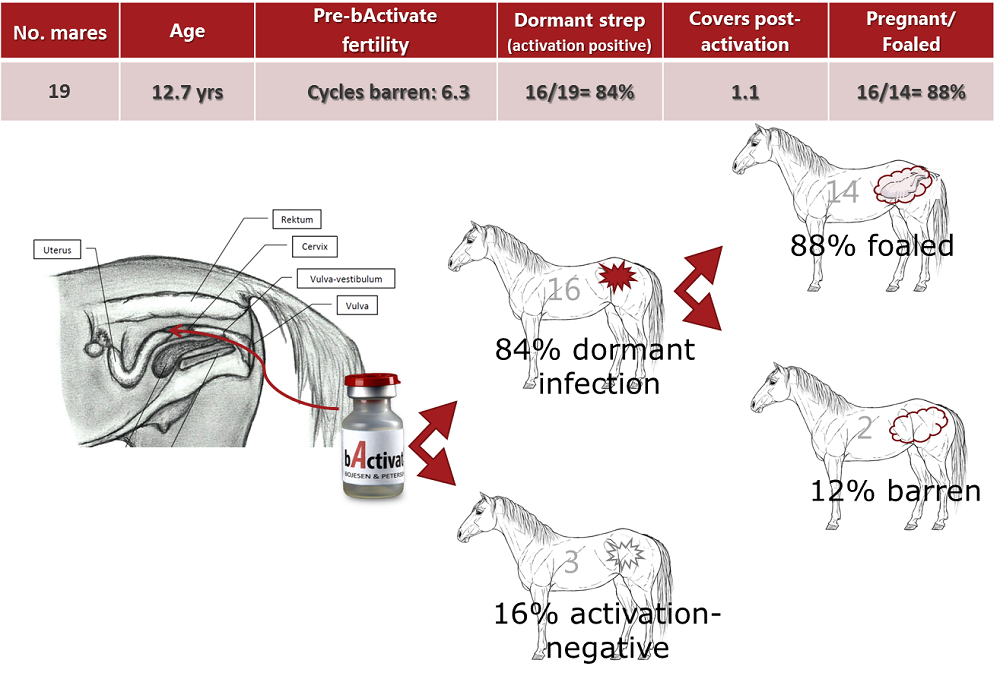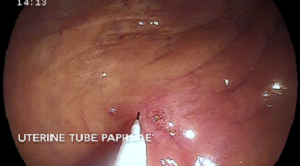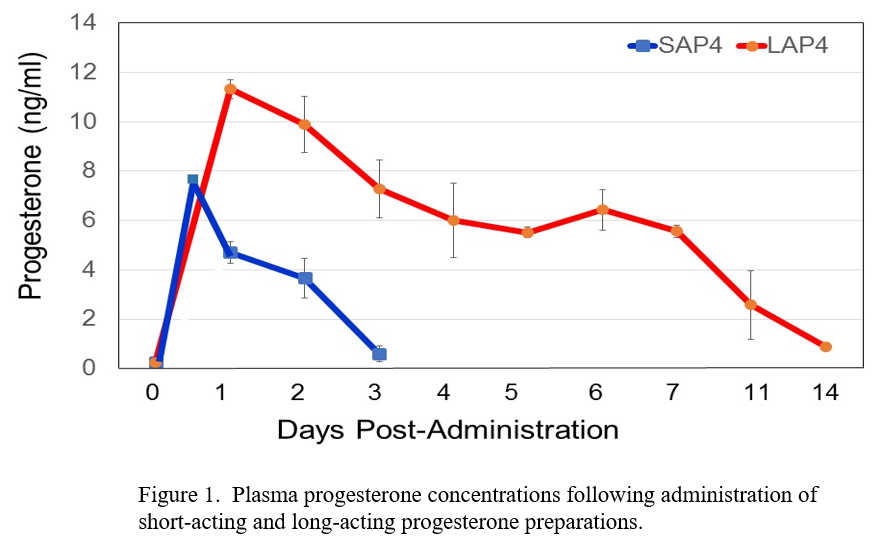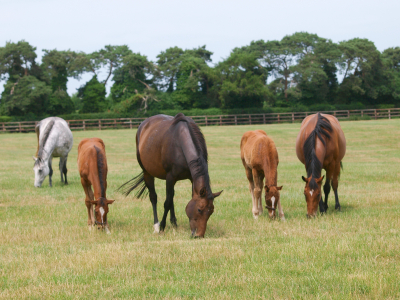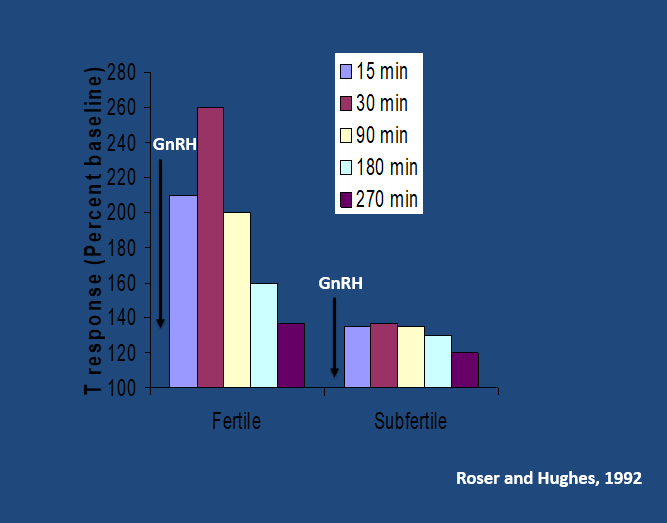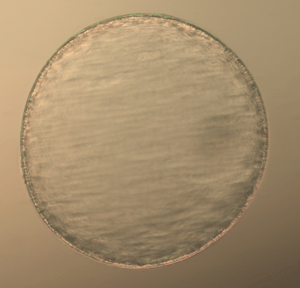
In the equine breeding industry, many different assisted reproduction techniques (ARTs) are widely used to aid the management of equine reproduction. ARTs provide options to owners looking to obtain embryos from genetically valuable mares and/or stallions for whom conventional breeding management strategies are insufficient. This article provides a concise summary of several common ARTs, as well as information regarding innovative techniques just entering clinical use.
